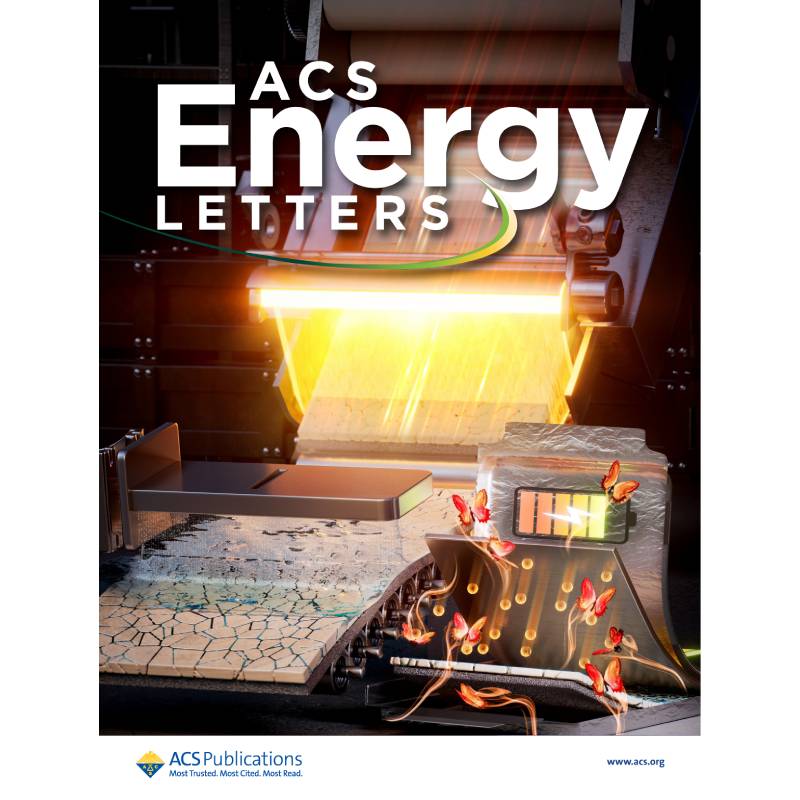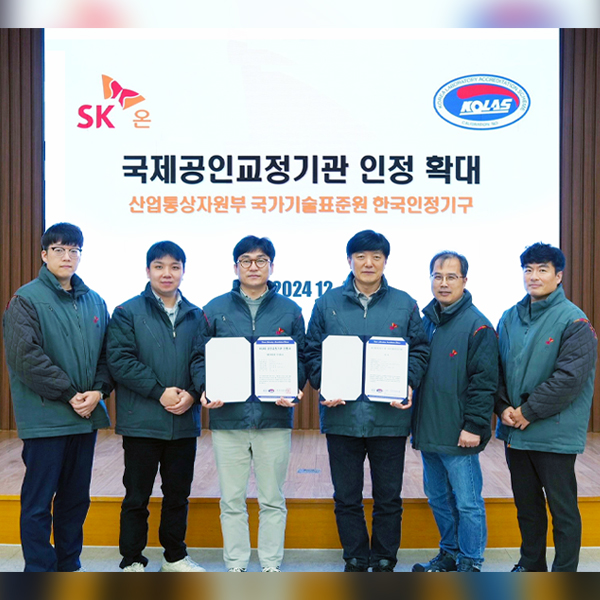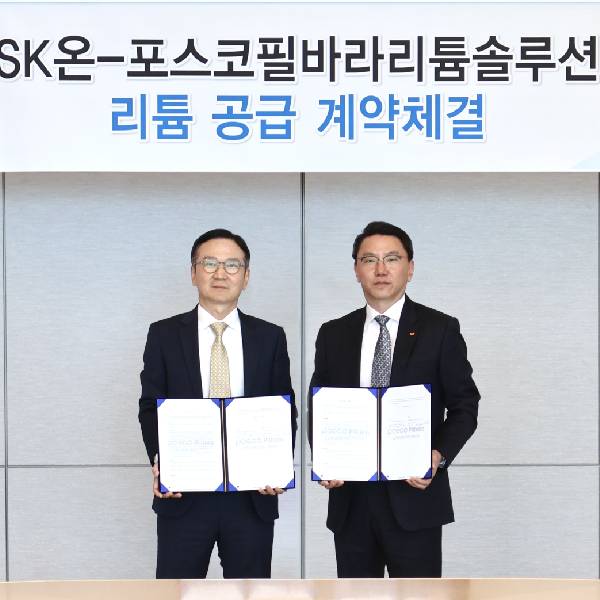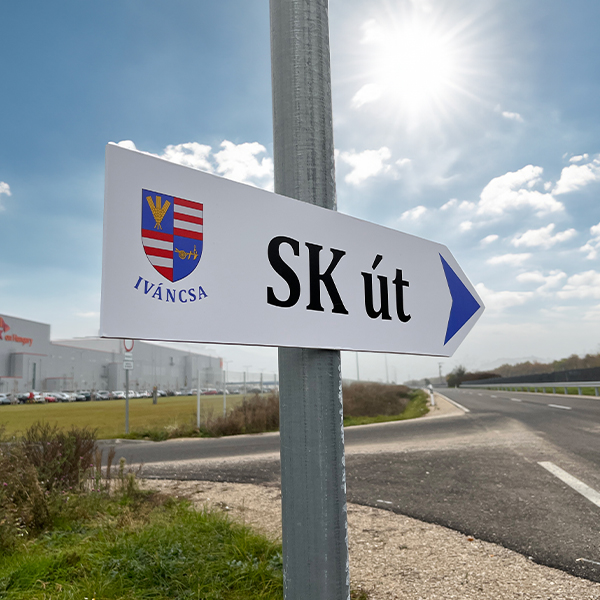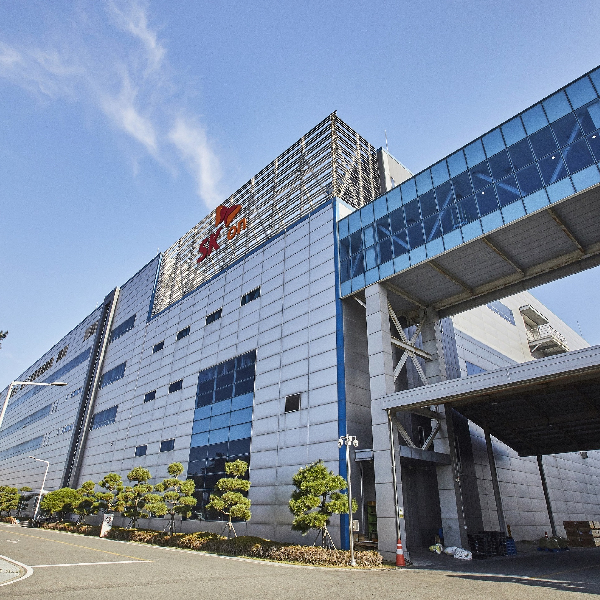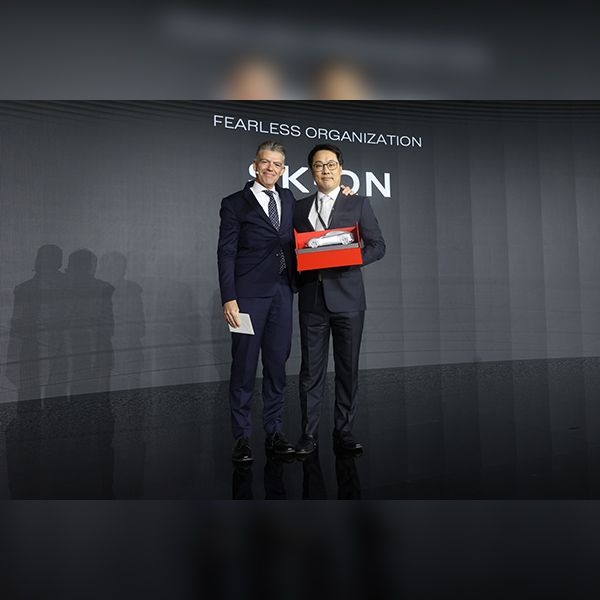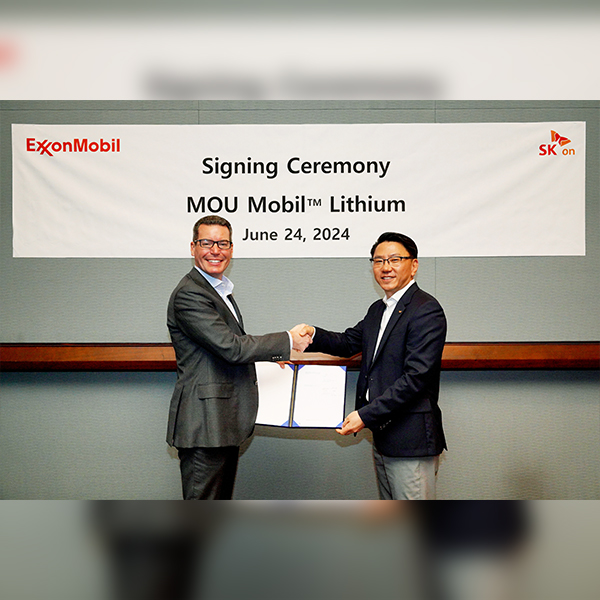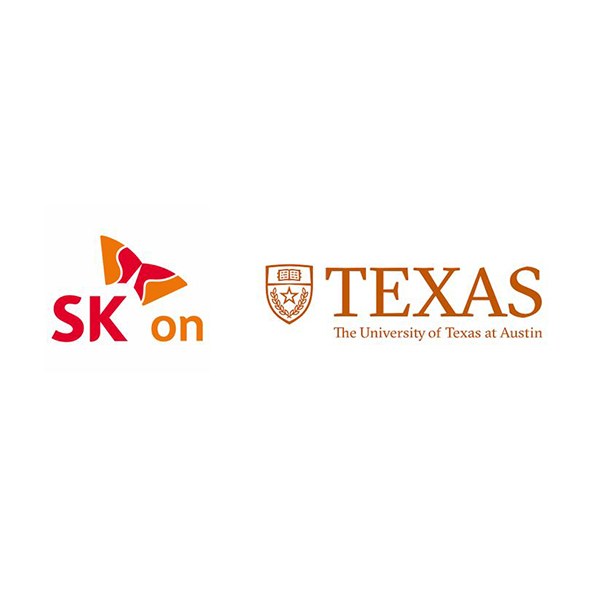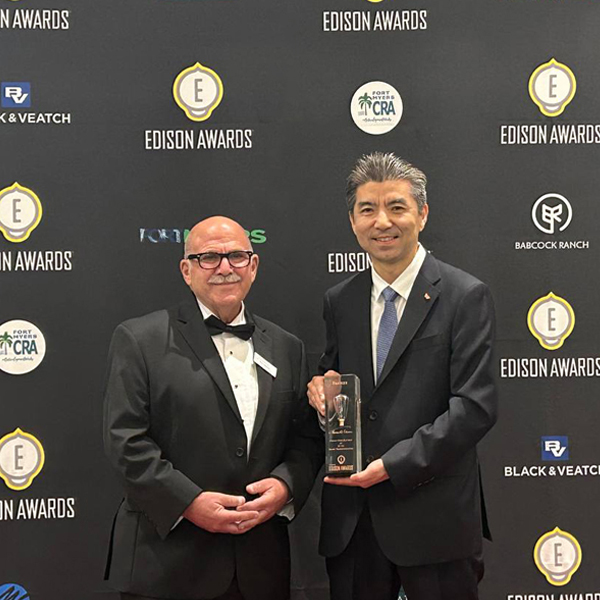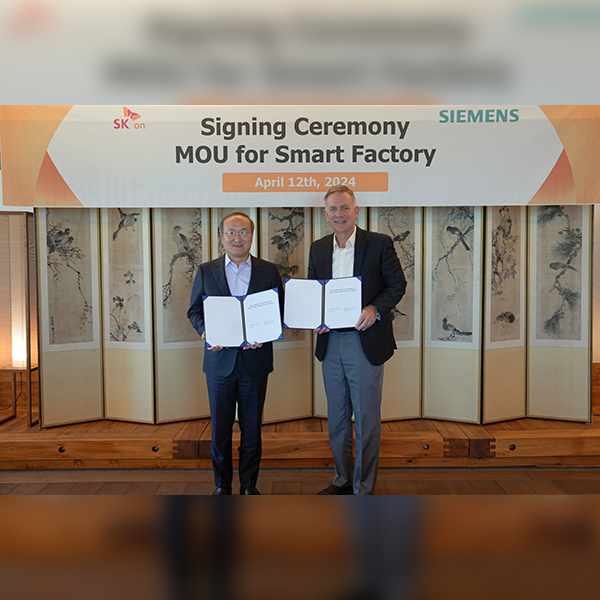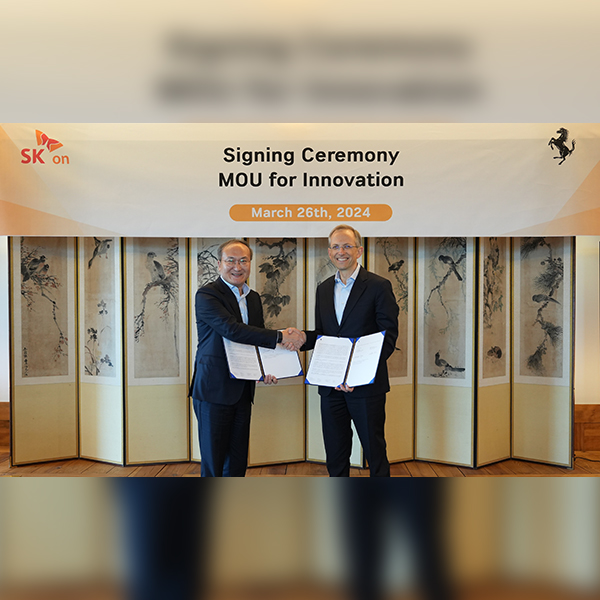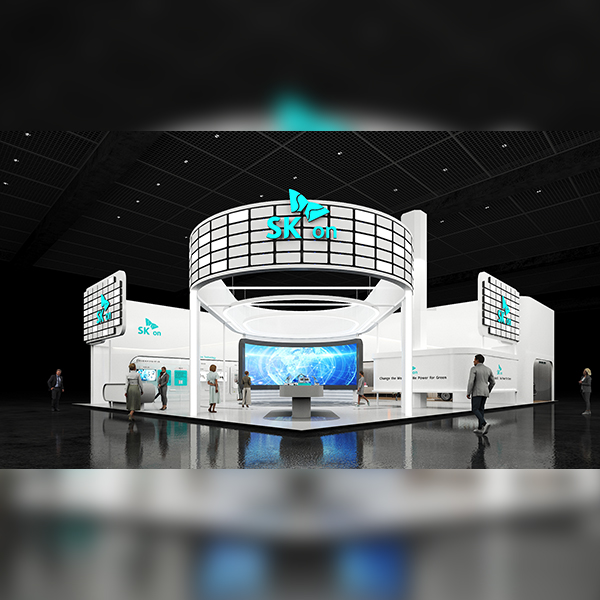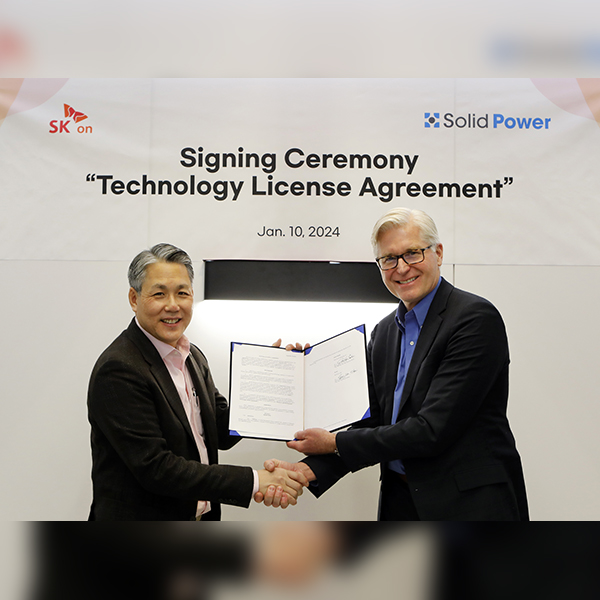 SK On
SK On■ Studies on ultrafast photonic sintering method, LMRO cathode materials published in int’l journals
■ Research raises expectations for improving the cycle life of all-solid-state batteries and advancing the cell manufacturing process using solid electrolytes
SK On, a leading global battery and trading company, today unveiled its latest research and development (R&D) achievements on all-solid-state batteries (ASSBs) as the company reinforces its commitment to drive innovations in next-generation battery solutions.
SK On said that the findings from its ASSB research projects, conducted in collaboration with renowned Korean universities and institutions, have been recently featured in prestigious international academic journals. The South Korean battery giant also filed patent applications for several of its research findings, both domestically and internationally.
SK On’s study with Dr. Jin Ho Kim’s group at Korea Institute of Ceramic Engineering and Technology focuses on the use of ultrafast photonic sintering* technology in the manufacturing of oxide-rich inorganic-organic composite hybrid solid electrolytes. It is regarded as groundbreaking for applying photonic sintering technology, traditionally used in printed circuit board manufacturing, to the development of ASSBs.
* Photonic sintering: A process that uses intense light energy applied instantaneously to strengthen the bonding of powder particles, resulting in a solid mass with enhanced strength, durability and improved material properties.
The research paper was published last week as a cover article ACS Energy Letters, a prestigious journal in the fields of energy and chemistry. Of the nine authors listed, six are SK On members.
ASSBs are batteries that replace the liquid electrolytes found in conventional lithium-ion batteries with solid electrolytes. These solid electrolytes are broadly categorized into sulfide-based, oxide-based, and polymer-based types.
To enhance lithium-ion transport pathways and mechanical strength, oxide-based electrolyte materials typically require high-temperature heat treatment at over 1,000 degrees Celsius for more than 10 hours. However, productions costs, along with challenges such as brittle fractures*have posted significant obstacles to scalability.
* Brittle fracture: A phenomenon in which a material breaks suddenly without significant deformation.
SK On explored photonic sintering, emphasizing its advantages in speed and low-temperature heat treatment, as a potential solution. To optimize the photonic sintering process, the research team first identified inorganic colorants that minimize energy loss from light exposure and applied them to oxide electrolyte materials. By utilizing ultrafast photonic sintering technology, the team was able to generate a porous microstructure with optimal uniformity.
Furthermore, the team successfully produced a hybrid solid electrolyte by combining photonic sintering-processed oxide-based materials with a gel polymer electrolyte. Experimental results showed that batteries using this hybrid electrolyte demonstrated excellent cycle life.
In another study, SK On explored the potential of lithium- and manganese-rich layered oxide (LMRO) cathodes for sulfide-based ASSBs.
This research, conducted with Prof. Kyu Tae Lee’s group at Seoul National University, was featured as a cover article last month in Advanced Energy Materials, a leading journal in energy materials. The study was recognized for its comprehensive understanding on elucidating the degradation mechanism of LMRO cathodes, rather than just their performance.
LMRO cathode materials are cost efficient because they are based on manganese, which is cheaper than nickel and cobalt. However, when used with liquid electrolytes in conventional lithium-ion batteries, LMROs face challenges like gas generation, voltage decay and capacity loss, prompting efforts to explore their use in ASSBs.
Through various analyses, the group found that oxygen (O₂) released during charge/discharge under high-temperature and high-voltage conditions oxidizes the sulfide solid electrolyte, causing degradation. To address this, the team a special coating material to suppress oxygen release and was able to enhance cycle life.
“These achievements are the result of SK On’s proactive R&D efforts and exceptional technical capabilities, creating synergy with experts from academia and institutions,” said Kisoo Park, Head of SK On’s R&D Division. “We will remain committed to advancing R&D to drive leadership in the next-generation battery sector.”
SK On is developing two types of ASSBs: polymer-oxide composite and sulfide-based, with commercial prototypes expected by 2027 and 2029, respectively. The company’s solid-state battery pilot facility, currently under construction at its research center in Daejeon, Korea, is set for completion in the second half of 2025.
[Photo 1] Cover of ACS Energy Letters which features SK On’s study with Korea Institute of Ceramic Engineering and Technology on the ultrafast photonic sintering method.
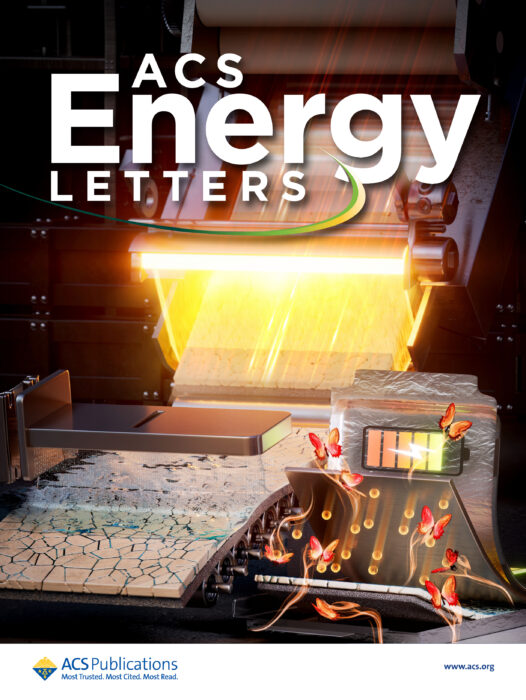
[Photo 2] Cover of Advanced Energy Materials which features SK On’s study with Seoul National University on LMRO cathode materials.
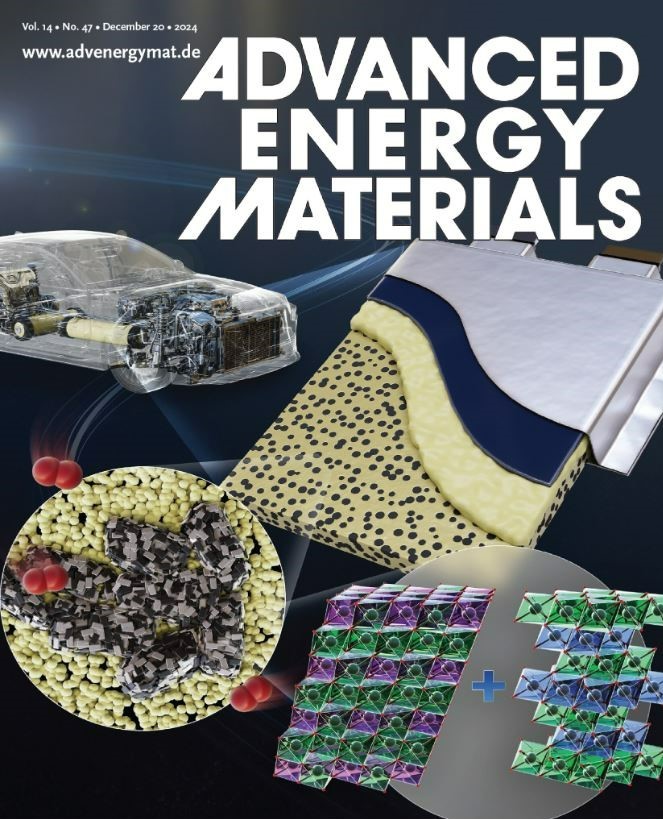










 Youtube
Youtube Facebook
Facebook Instagram
Instagram Linkedin
Linkedin








